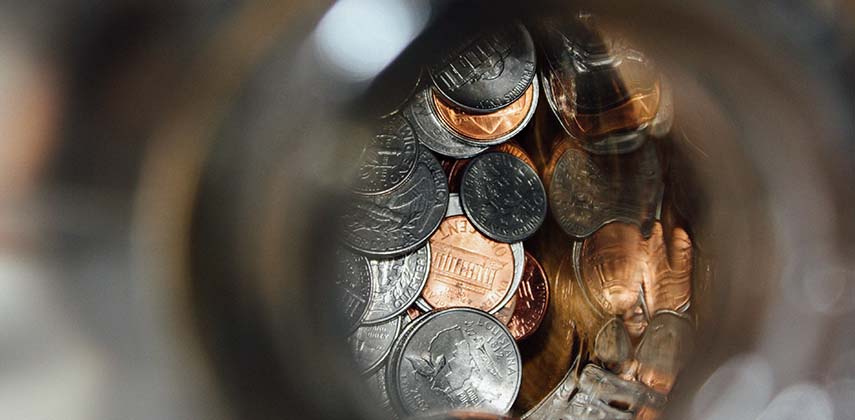Homeowners could be paying some 60% more on their electricity bill this winter due to the triple threat of winter tariffs, the introduction of the new Eskom electricity tariffs for 2024/2025, and a sharp rise in energy usage during the chilly months.
So, while the municipal tariff increase is technically set to increase by 12,72% in July – following an 18,65% increase last year – the situation is even more dire for household bills than many realise, warns Rein Snoeck Henkemans, MD of Alumo Energy.
Notably, municipalities typically impose higher winter tariffs compared to regular summer tariffs during the three-month period from June to August – which will coincide with the upcoming annual hike. The exact increase varies between municipalities, but can reach close to 20%.
Then, to show how much the average household’s costs could increase in the coming months, Alumo Energy conducted a case study measuring households’ consumption changes over the past year and found that, on average, people used some 23% more electricity during the winter. However, some households’ consumption rose by as much as 87% over this period.
“Household energy use naturally increases during the winter as families spend more time indoors, run heaters for long periods of time and geysers work overtime to heat the colder water coming in,” Snoeck Henkemans says.
“This means that not only will homeowners be paying more for each unit of electricity following the winter increase and the annual tariff hike, but the rise in consumption will place even more pressure on budgets and could place them in a higher tariff bracket – making each unit substantially more expensive.”
To demonstrate the combined impact of this, Alumo crunched the numbers for two examples based on households in the City of Johannesburg.
In the first example, the household’s consumption rises by 23% from 813kWh in May to 1 000kWh in June as winter sets in. This, combined with the winter rate increase, results in an immediate surge in monthly electricity bills from R1 650 to R2 430 – a leap of R780.
Next, after the annual tariff hike kicks in from the beginning of July, this household would pay an additional R310 per month, driving their winter electricity bills to over R2 740 – a total rise of nearly R1 100 or 66,2% from May.
In the second example, the household utilises 2 700kWh of electricity during the summer months, which likewise increases by 23% during winter to 3 321 kWh.
This surge in consumption further pushes them from tariff block 4 to tariff block 5, which carries a higher price levy. The combination of a higher price bracket, higher demand, and winter rates immediately translates into a higher electricity bill, escalating from R6 220 in May to R9 000 in June – a jump of R2 780.
In July, following the annual tariff increase, this household would then see their monthly bill rise to R10 140. This represents a total increase of more than R3 920 per month or 63,1% from May.
“Critically, it’s important to emphasise that these figures are fairly conservative as some households could see their bills more than double during colder months after the new tariffs kick in and demand soars,” says Snoeck Henkemans.
These sharp price increases and the looming instability of the grid may help explain why so many South Africans are now making the switch to solar. According to Eskom’s Generation Adequacy Report, rooftop PV output has more than doubled in less than two years – a trend he says will continue as families seek to escape the grip of persistent load-shedding and fast-increasing grid energy prices.
“Once installed, homeowners with a hybrid grid and rooftop solar system can offset heightened demand and reduce some of the impact of additional winter tariffs and annual increases – with the added benefit of knowing that they’ll always have access to electricity even when loadshedding returns,” says Snoeck Henkemans.
For instance he says, using the same examples above, if the first household invested in a customised solar package comprising a 5kW inverter, a 3.8 kWh battery, and solar panels with the capacity of 2.85kWp (kilowatt peak), they could save approximately R571 per month in winter and R775 in the sunny summer months on electricity costs.
If the second household installed a tailored solar package with a 15kW inverter, 20kWh battery, and solar panels with the capacity of 11.5kWp, they could save some R2 860 in winter and R3 560 in summer on their monthly bills.
According to Snoeck Henkemans, this demonstrates the long-term value being offered by solar systems as, despite their initial investment costs, they provide significant savings over time. While renting a system from R1 299 p/m makes it more affordable for households.
“Homeowners, unfortunately, no longer have the luxury of relying on grid energy or hoping that things will turn around,” he says. “Prices keep soaring with no end in sight and we can no longer afford to keep putting our lives on hold when the lights go out.
“It makes sense now, more than ever and especially with winter approaching, to install a solar system and start benefitting from the savings,” Snoeck Henkemans says.

